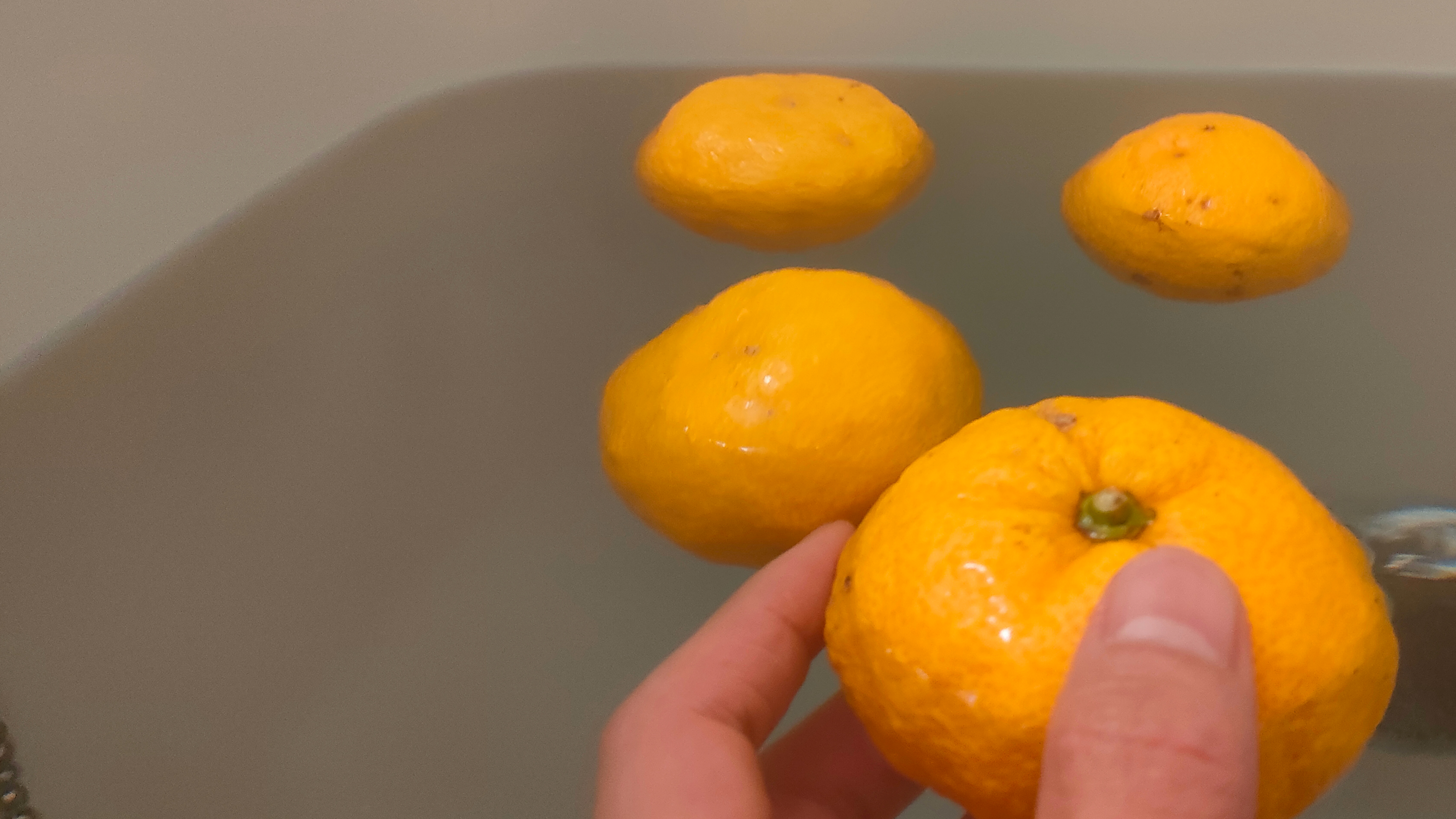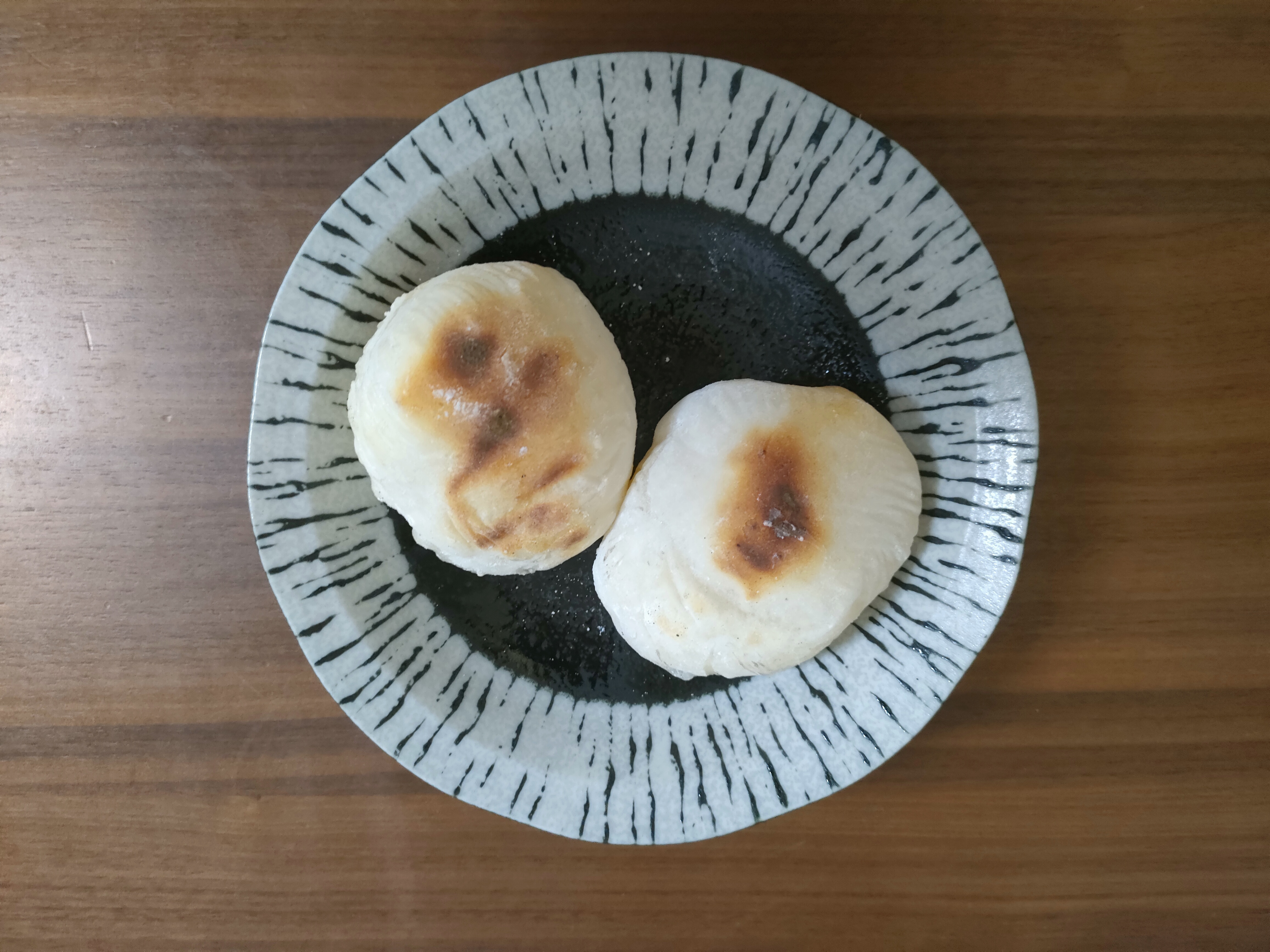Our Akebi-Gari Adventure
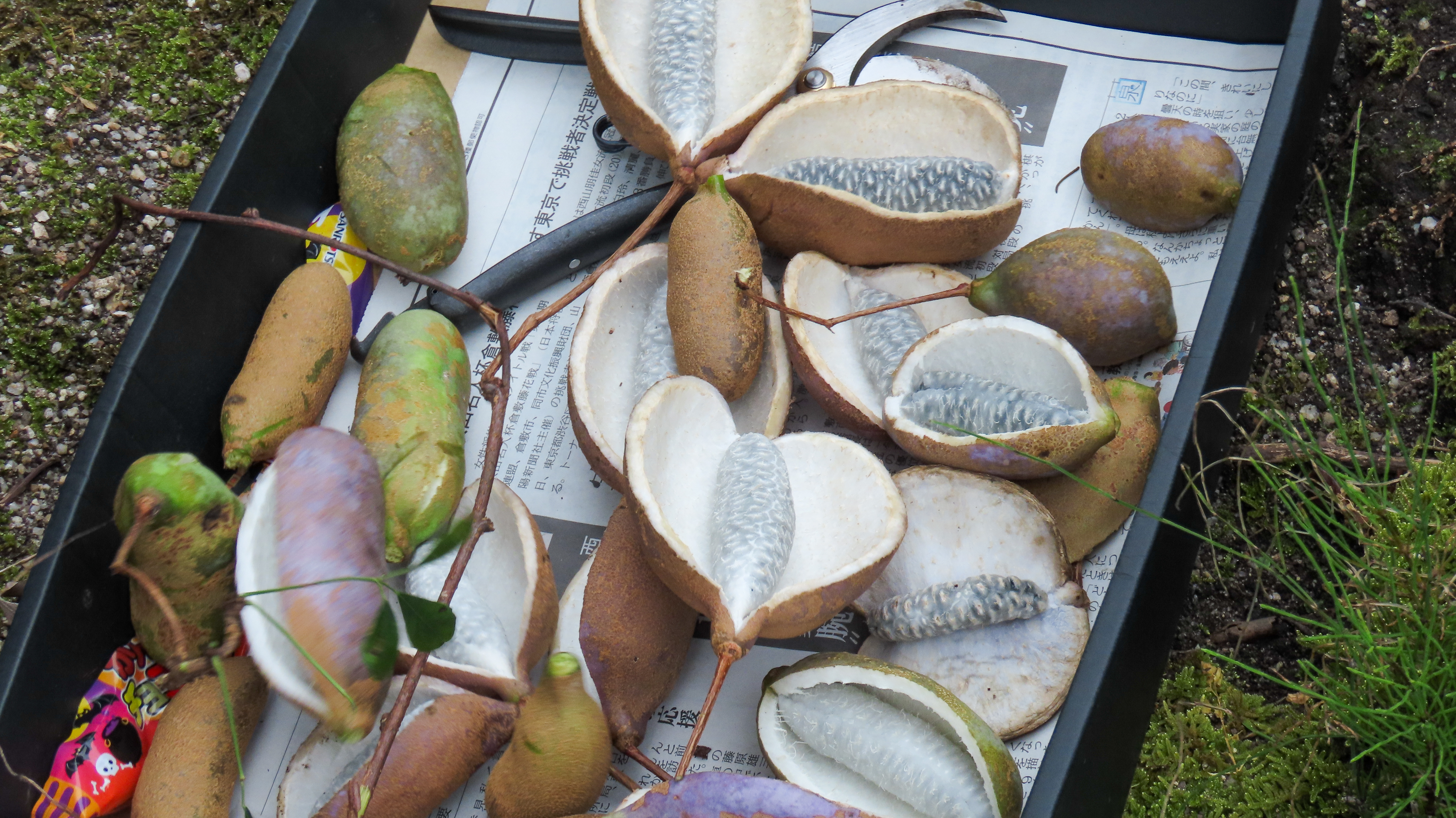
Akebi-gari (あけび狩り) is an activity that allows you to experience the wonders of satoyama (里山) , a term used for the hilly areas near human settlements. During akebi-gari, you forage for a fruit known as akebi (あけび) , a beloved delicacy in Japan since ancient times. However, due to the desolation of satoyama in recent times, the opportunity to forage akebi has become increasingly rare.
Satoyama refers to the hilly areas near human habitation, where people historically utilized resources such as wood, animals, and wild vegetables. Nowadays, these resources are not as commonly used, causing the forests to grow denser, animal populations to rise, and wild vegetables to disappear. Akebi, the vine that produces akebi, can still be found in satoyama, but it too is vanishing from these areas.
Today, my family (including my grandchildren, wife, her sister, and mom) and I went to akebi-gari in the satoyama located north of Tsuyama City in Okayama Prefecture (岡山県津山市) .
What You Need for akebi-Gari:
- Pruner: To prepare for akebi-gari, you’ll need a pruner. In Japan, we call scissors that resemble the ones in the picture below “takaeda-kiri-basami (高枝切り鋏) ” , which means a pruner capable of cutting high branches. It’s best if your pruner has an extended reach and the ability to both cut and hold branches.
- Clothing: Akebi can be foraged in September to October when the weather is cooler, and there are fewer bugs and snakes, though they might still be hiding in the shade (Japan is home to a venomous snake called mamushi (蝮) ). I recommend wearing long-sleeved shirts and long pants for protection.
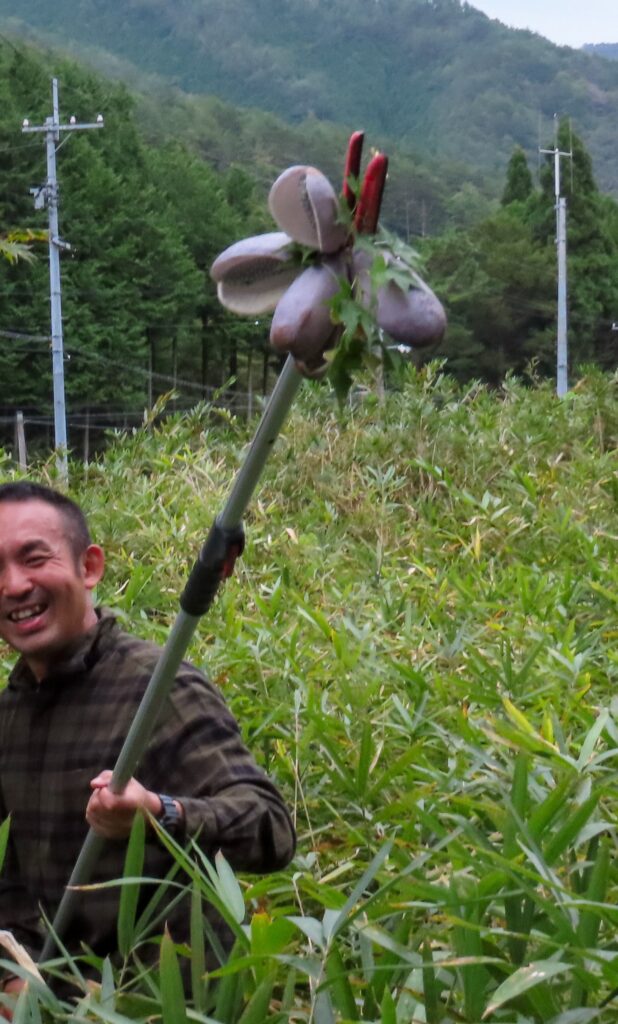
Where to Find akebi:
First, you’ll need to locate akebi-vine, not a tree. Akebi-vines grow in the shade of other trees, typically in areas that aren’t too brightly lit and on higher branches. My wife’s mother knows where to find akebi, so she drove her mini-truck, and we all rode together on the loading platform, of course, obeying traffic laws. After a few minutes, we arrived at the spot where akebi grows.
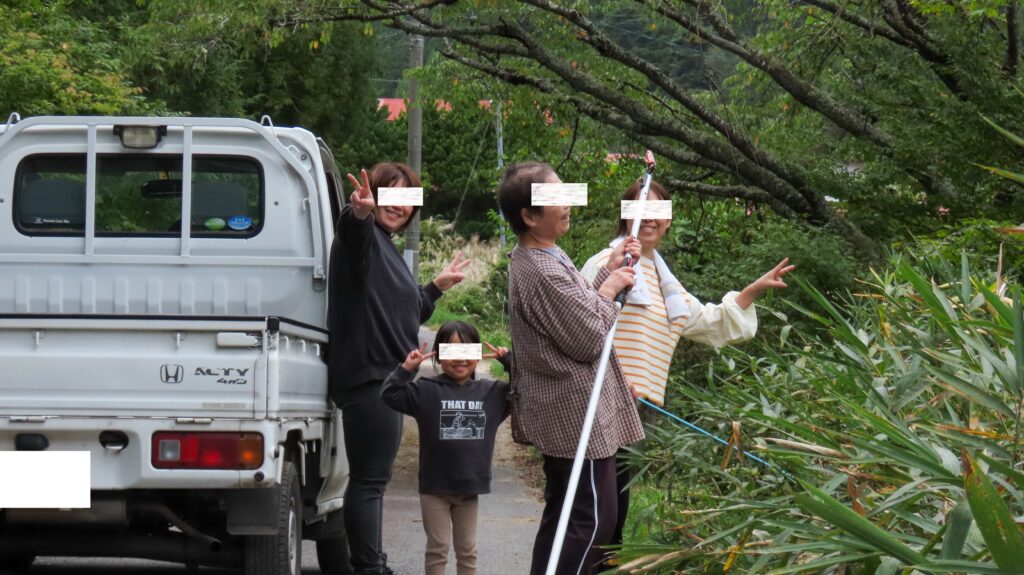
How to Forage:
September to October is the season for akebi fruit. Akebi fruit is purple or light brown and dangles from the branches of trees. Since akebi is a climbing plant, it thrives by clinging to other trees and bears its fruit on high branches. When you spot them, use your pruner to cut the fruits and collect them.
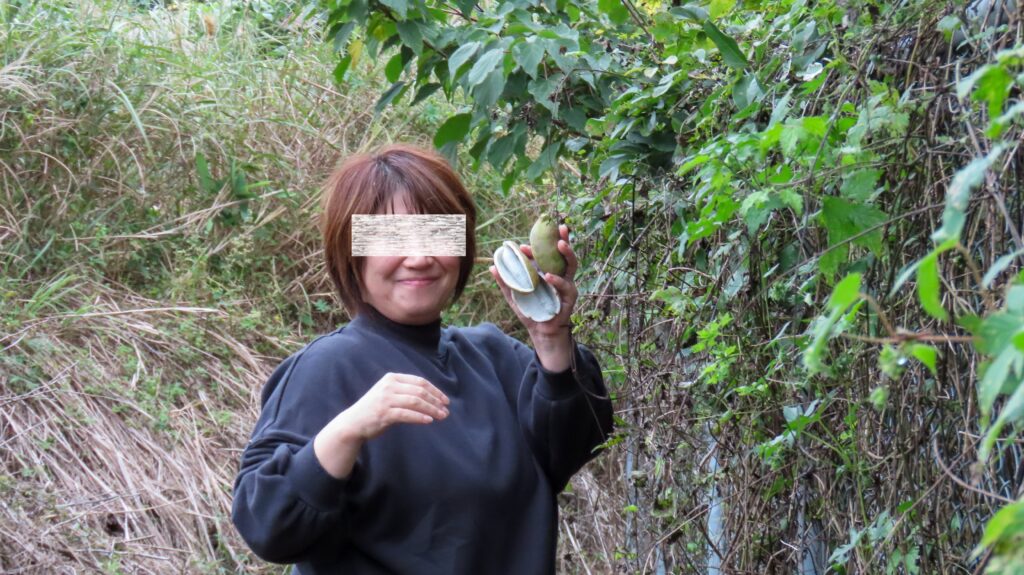
Taste and Experience:
Akebi has a refreshing sweetness similar to dragon fruit. It’s sweet and has a subtle scent. However, the pulp contains many seeds, so there isn’t much edible flesh. When you eat akebi, chew the white pulp and then spit out the seeds inside.
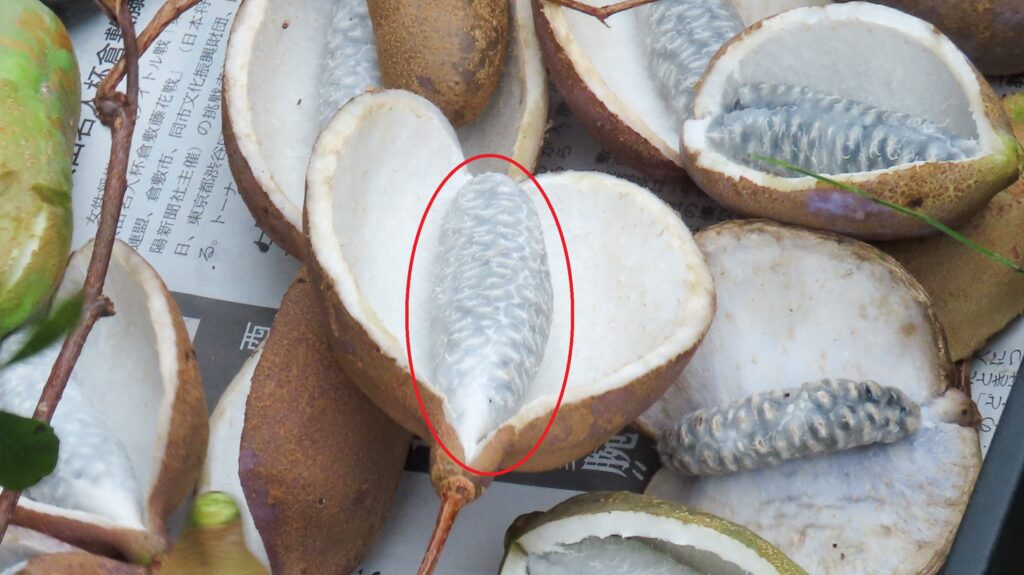
After our foraging adventure
We had quite a successful day and managed to gather a substantial amount of akebi. I brought it back home and placed it on the porch, looking forward to sharing this unique experience with my family later on. However, much to my surprise, my wife’s father ended up consuming most of the akebi.
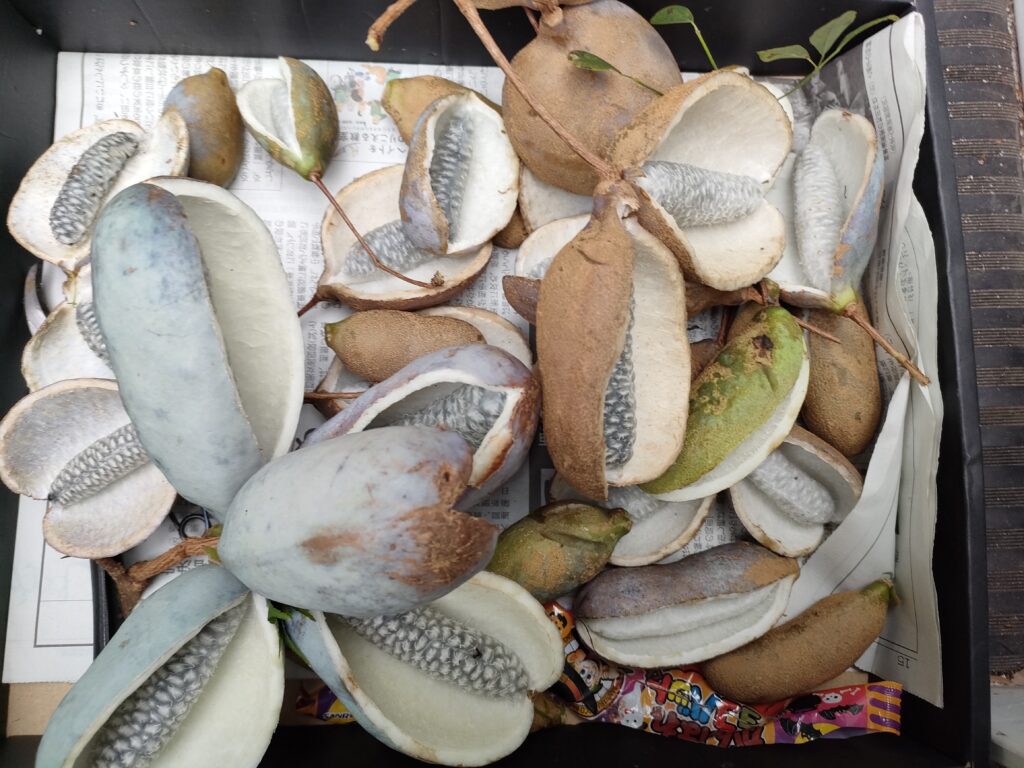
It appears that the taste of akebi held a special nostalgic significance for my father-in-law, perhaps reminding him of days gone by.


